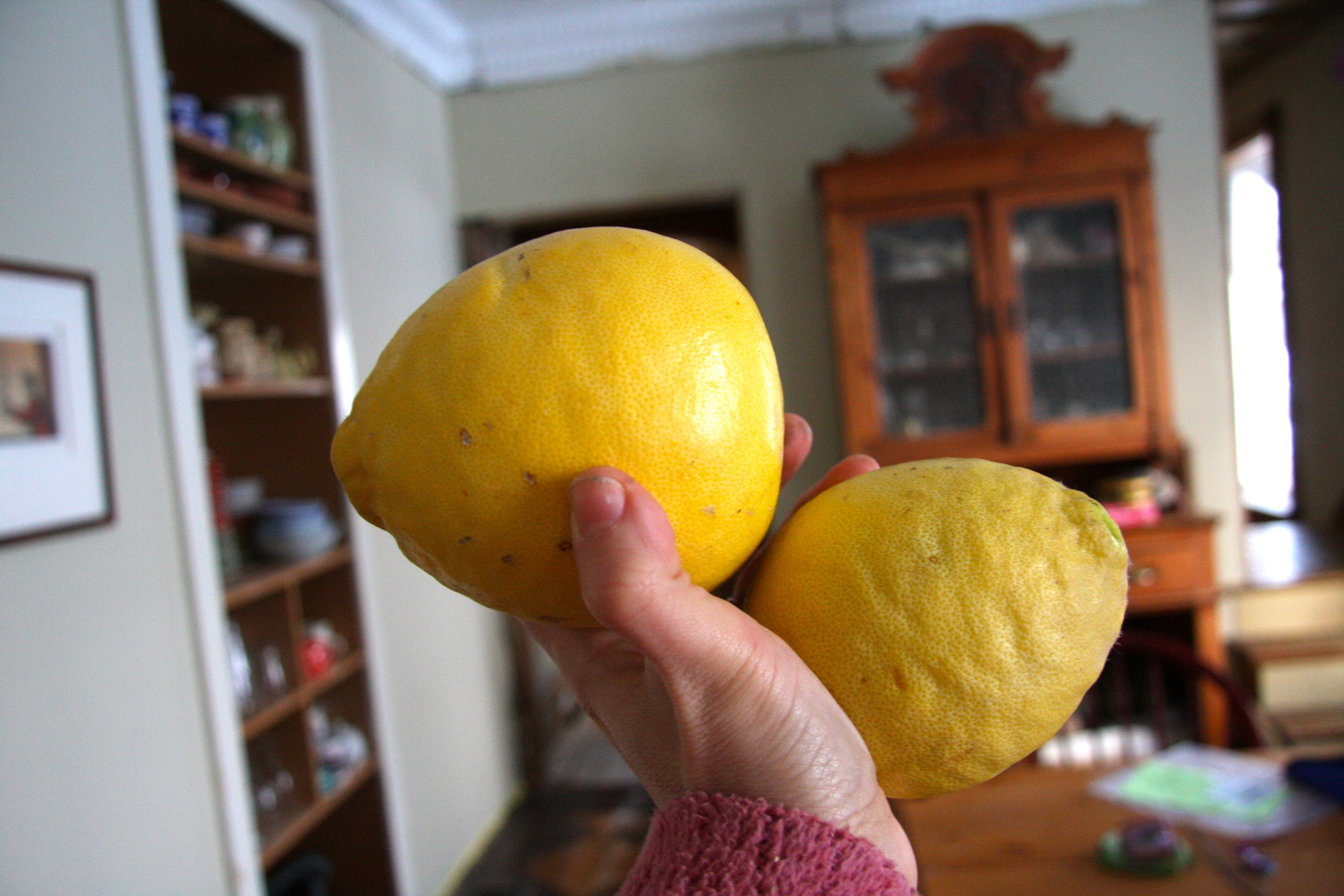About ten years ago a foodie friend of mine from the south of France accused me and my fellow Canadians of being the heaviest energy users in the world. (Not exactly true and a tricky calculation at best – see http://earthtrends.wri.org.)
It was early April and we were taking a picnic in the hills above the Côte d’Azur, enjoying the view and the sweet temperate breeze. “Do you realize,” I asked her, “that the temperature swings in parts of Canada can be as much as eighty degrees between summer and winter?” She and her husband looked momentarily puzzled, and then incredulous, thinking that I had muddled the numbers in my imperfect French. I pointed out our generally short growing season (some regions impossibly so) and a country twenty times the geographical size of France with half its population. Comparably, the average January temperature in the Côte D’Azur region is 12.2 degrees Celsius. Looking around at the fruit-laden trees and fecund gardens it was hard not to believe that the food practically grew itself.
By comparison Snowmass, Colorado is in a high-desert climate 7100 feet above sea level with decidedly less temperate and more Canadian-like conditions. Yet Amory Lovins, cofounder of the Rocky Mountain Institute, manages to grow bananas, guava, coffee and other tropical fruit in his house that most Canadians have no choice but to import year round or live without. The most amazing thing is that this production is really a byproduct of his energy efficiency, requiring no additional energy to partake of the bounty. I can’t decide whether this makes me feel: a) inspired; b) wholly inadequate; c) envious; or d) just a bit stupid because what and how he’s doing it is neither woo-woo nor out of the reach of many of us on some scale.
The house’s biggest, but unmentioned, lesson is integrative design (http://www.rmi.org/
rmi/Stanford+Energy+Lectures)…Throughout the building, most components do many jobs for one expenditure: the atrium, for example, collects energy in five different ways (heat, hot air, hot water, light, and photosynthesis), and the arch supporting it has twelve functions but only one cost.
Check out the description of the original building at http://www.rmi.org/Content/Files/Locations_LovinsHome_Visitors_Guide_2007.pdf and the virtual tour at http://www.rmi.org/rmi/Amory’s+Private+Residence. Check out Jeffrey Ball’s The Wall Street Journal article on RMI at http://online.wsj.com/article/SB124959929532112633.html and the Lovins’ response to this article at http://www.rmi.org/rmi/Amory’s+Private+Residence that details the favourable economics of their undertakings. Live tours of the site are also offered if you happen to be in the Snowmass area.
Fascinating food for thought beyond my seasonal potager and solitary lemon tree.
